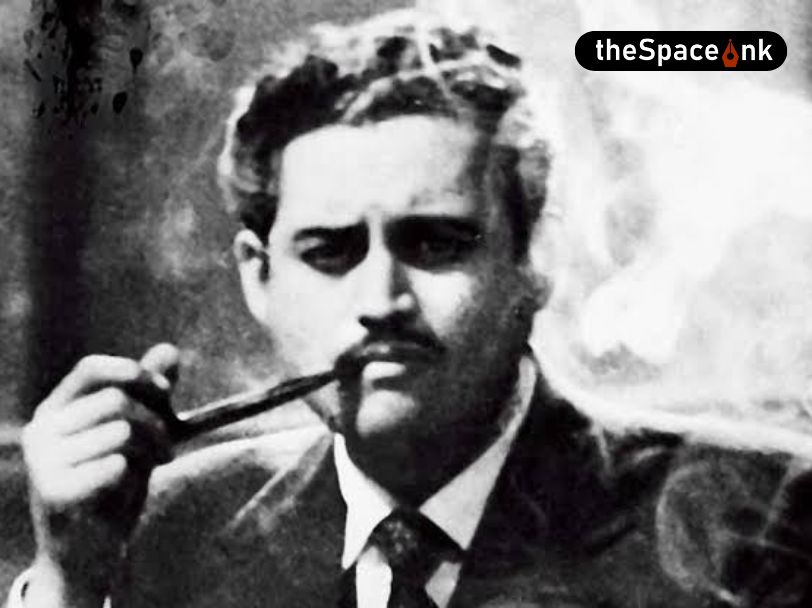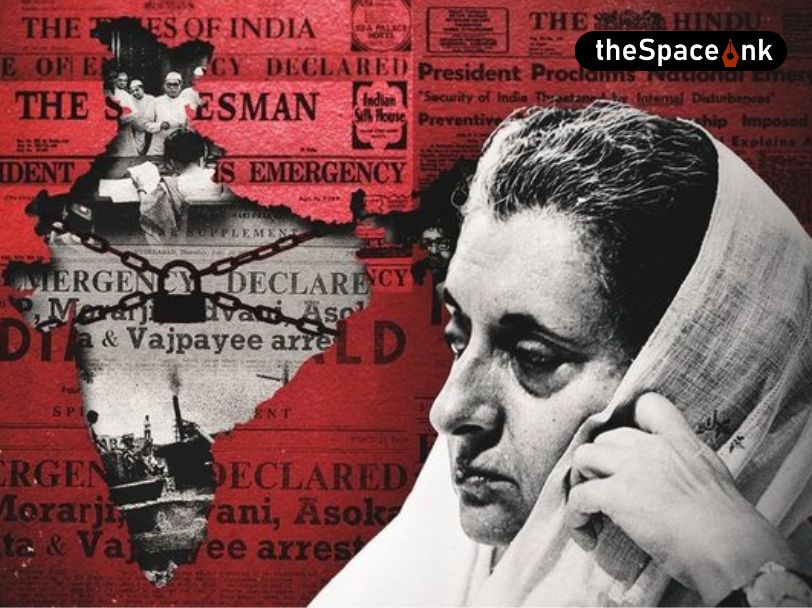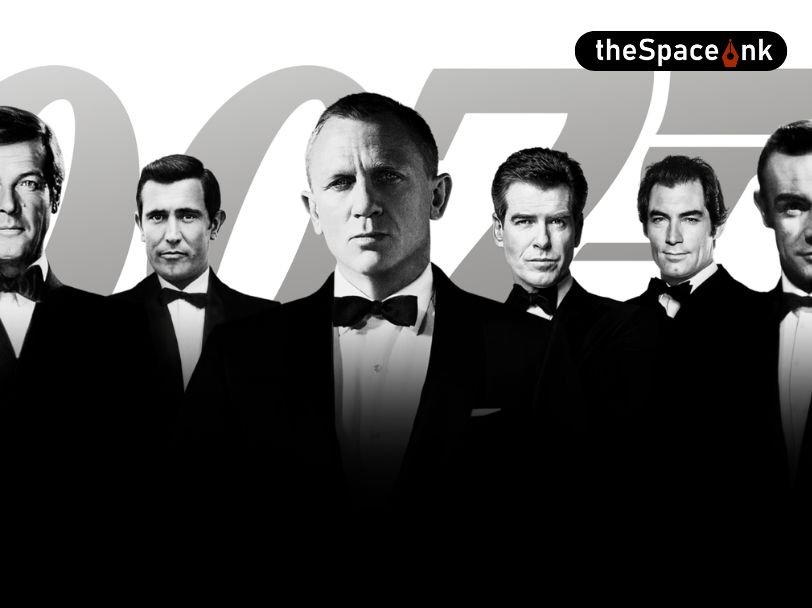Christmas is a joyous occasion world over, marked by old family traditions exclusive to each community who cherish them fondly whichever corner of the world they happen to inhabit, and Kolkata (then Calcutta) being one of the prominent colonial cities of the British era, many a Christmas tradition followed today mirrors the customary aplomb with which the colonizers celebrated it during their stay.

The story of Kolkata’s Christmas can be traced back to the plush interiors of Government House when elegant ballroom dances and lavish Christmas suppers were hosted by the governor generals for high society. One that definitely deserves mention is the Christmas ball hosted by Lord Brabourne in 1938, where it is believed 140 invitations were sent out to many a nobility, which included kings and queens, earls, countesses, marchionesses lords, knights and dames to name a few. And while the elite hobnobbed with the imperial rulers revelling at these extravagant feast they hosted, after the British departed, the mantle passed on to the community who shared a similar culture, and the attention shifted to Bow Barracks, where the Anglo-Indian population of this city was mostly concentrated, apart from a smattering around Park Circus and Park Street.
Over the years not much has changed in the way this festival is celebrated in the red-brick barracks once meant for troops stationed in the city during the first World War. The neighbourhood and narrow streets dazzle with Chinese lanterns and fairy lights, festooned with tinsel, streamers and bells as twinkling eyes eagerly await the return of loved ones from foreign shores. The heady scent of melting butter and vanilla pervades the air as the age-old tradition of Christmas baking still prevails here. The custom of home-baked cakes and goodies began long before ovens became a common household feature and the cake mixing was done at home, followed by a trip to the local bakery where the customer sat and oversaw the entire procedure.
The story of Kolkata’s Christmas can be traced back to the plush interiors of Government House when elegant ballroom dances and lavish Christmas suppers were hosted by the governor generals for high society.
The other option was queuing up beneath the fairy lights of Park Street, outside Flury’s, waiting patiently to take home their Christmas special plum cake. Much before this iconic tearoom became a favourite with Kolkata’s denizens, its European confectionaries, especially the delectable Christmas fare made it hugely popular with the colonizers and later the city’s affluent. And then there was Nahoum and Sons, the Jewish family bakery that in years to come would go on to become the taste of Calcutta’s Christmas nostalgia for its fruit cake, scrumptious rum balls, tarts and macaroons. Located at the Stuart Hogg Market (now New Market) the classic bakery is still a huge draw as the market remains a customary stop for Yuletide shoppers.
And over the years while people continued to savour the flavour of olden days with these traditional Christmas goodies, the closest one got to experiencing quintessential ballroom dances were at dance nights hosted at some of the premium city clubs, like The Dalhousie Institute and The Grail Club. The Saturday Club too retained some of the festive fervour with a traditional Christmas feast followed by a ball dance, while at the Rangers Club the Goan community hosted their own special, now over a century old, Annual Christmas Ball. But it is the musical night at Bow Barracks complete with bands, singers and night-long dancing on the street that has gone on to become one of the most awaited Christmas event for this community and all who join their midnight merrymaking.

The rich culture of live musical performances that soon became a hallmark of this city started with the European’s patronage and later was influenced by foreign troops during the Second World War. Among the earliest bands to play was Calcutta Town Band, and after the British sailed, live music continued to flow unabated through its streets, especially Park Street. Chequered Tricycle, the rock band of the seventies, among a host of musicians including Louiz Banks, Carlton Kitto, Pam Craine all performed at Park Streets’ restaurants and bars, propelling the city’s live music nights to new heights. Usha Iyer, Eve and Molly and Jenny smoothly transitioned from Christmas carols to dance numbers at Trincas, then a confectionary and Tea room, while Ripsy and Rubin Rebeiro had the crown foot-tapping at Mocambo. Goan bands like The Amigos and The Minstrels added their own, unique zing.
And while a Calcutta Christmas is definitely an amalgamation of music, dance and feasting – the real spirit of Borro Din (the local name by which this festival is popular across Kolkata), can be experienced during the midnight mass at St. Paul’s Cathedral on Christmas Eve. That’s where people of all faiths congregate, be it drawn by the beauty of the symbolic monument or the piety of the moment. It is believed that in the days of the Raj, the small ground of St. John’s Church, then the centre of worship for the European community couldn’t accommodate their growing numbers, and in 1839 the cornerstone of this beauteous Cathedral, now a historic monument, was laid.
And beyond the exquisite English Gothic architecture, the famous Cathedral clock that was sourced all the way from Vulliamy of London, and the serenity of the Nativity scene that is a special attraction – the gathering of humanity in the lawns, spilling onto the streets outside the Cathedral, under the shining Christmas star on this holy festive night – is what makes this festival come alive.
Lesley D. Biswas is a freelance writer and children’s author based in Kolkata. Her interests include nature, bird photography and cricket.







